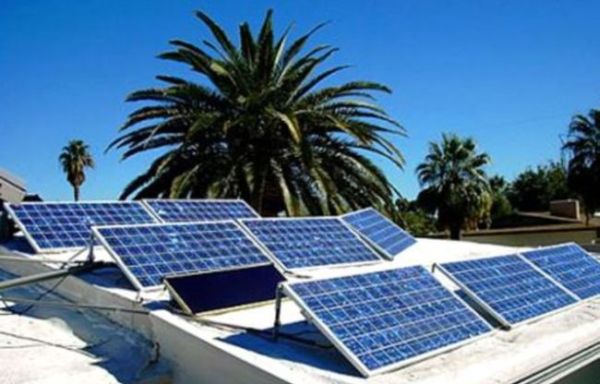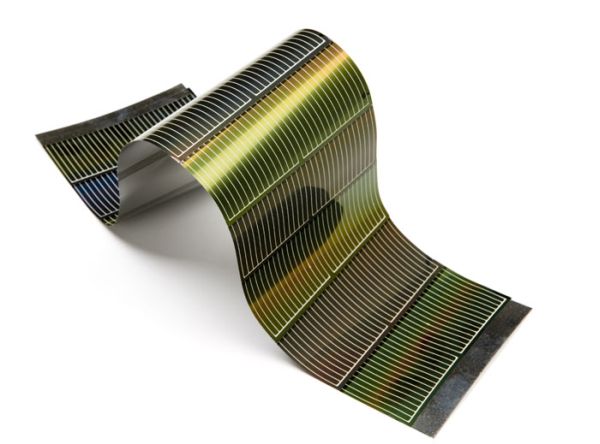Nowhere is the scramble for solar and other forms of renewable energy more apparent than in the oil-rich Middle East and North Africa region (MENA) – and for very good reasons. Oil, of course, is a finite resource and is in decline in many Arab countries. At the same time, populations are expanding rapidly with the demand for energy growing proportionately. And the region’s solar and wind potential is enormous.
But it’s not plain sailing by any means. The political and economic will may be there but there are serious obstacles to overcome in some MENA countries. For example, turning sunlight into useful quantities of electricity requires large arrays of solar panels. That’s all well and good in a country with vast empty deserts, such as in Egypt, where space is not a problem.
However, some countries are tiny, like the island kingdom of Bahrain, which is aiming to generate 5-7% of its domestic energy needs through renewable sources by 2030. The island has an area slightly less than 300 square miles and so it’s hardly surprising the value of real estate there is at such a high premium.
Bahrain, along with other MENA countries, has seen great change over recent years, not least in the huge numbers of expatriates living and working in the country, particularly in the capital Manama. Incredibly, about a third of Manama’s 160,000 citizens are made up of expatriates from all corners of the globe.
Despite the global economic downturn of recent years, the island’s economy remains vibrant and continues to grow. The country’s banking sector is particularly lively, with Manama home to some 200 financial institutions and banks, including many famous multinationals. Manama is also a centre for Islamic banking. So expats looking for the familiar Barclays, Citibank or HSBC personal banking in Bahrain are very well served indeed!
The highly respected Oxford Business Group (OBG) says Bahrain currently enjoys an adequate supply of natural gas – 1.7 billion standard cubic feet per day – to meet its industrial, manufacturing and domestic electricity demands. Although the Bahrain government has moderately raised the price of gas to $2.25 per million British thermal units, an energy subsidy continues to keep the price low, which inhibits the development of a sizeable market for alternative energy.
Despite high real estate prices and the lack of a legal framework, too, the market conditions for renewable technology are continually improving, says the OBG, a global publishing, research and consultancy firm which publishes economic intelligence on the markets of the Middle East, Africa, Asia and Latin America.
Quoting a CNN interview last year with Rob Sobhani, the president of Caspian Energy Consulting, the cost of producing 1 megawatt (MW) of solar energy using American technology had dropped to $2 million from $3 million over the past two years. The price of smart grid technology had also fallen, from $6 million to $5 million per MW.
This has positive implications for Bahrain’s eGovernment initiatives, suggests the OBG, which aim to apply smart grid technology to several components of infrastructure, such as street lighting, parking meters, automated management systems, and perhaps electric vehicles.
The OBG adds, “With high solar energy performance indicators (a global horizontal irradiance of 2160 kWh per sq metre per year and a direct normal irradiance of 2050 kWh per sq metre per year), growing electricity consumption rates, a renewed debate on subsidy reduction, and uncertainty regarding future domestic energy production and foreign gas suppliers, Bahrain possesses strong potential to develop a viable renewable energy market, with solar energy in particular key to potential future success.”
Read the OBG report, Bahrain: Push for alternative energy, here.




